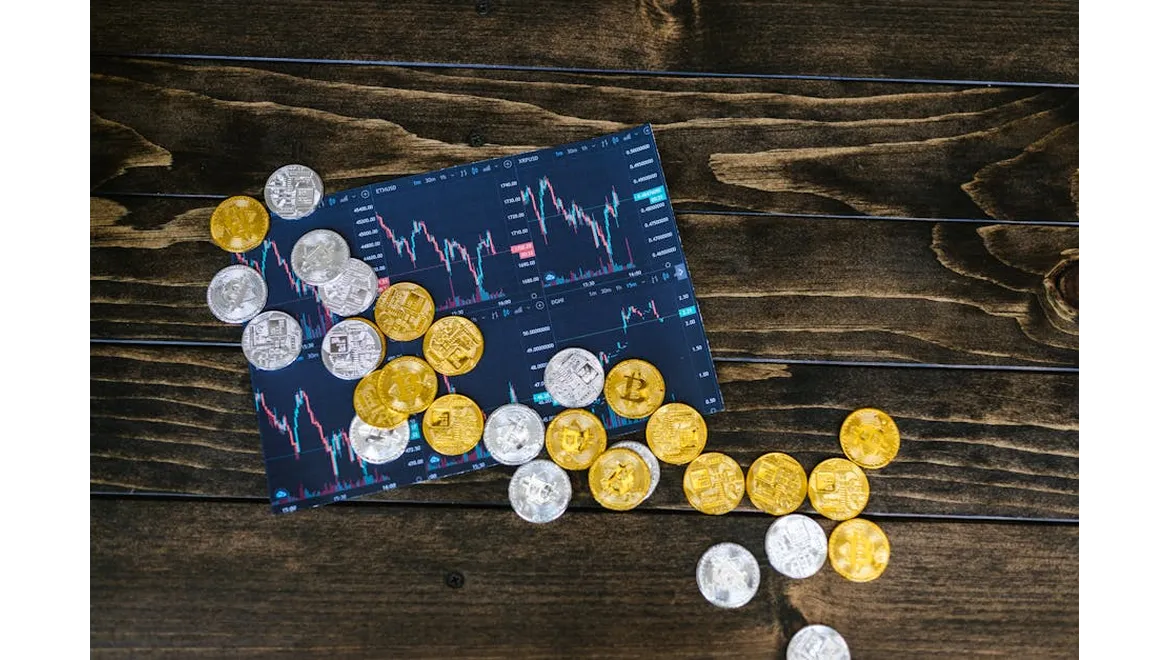Right, so, I’ve been diving deep into how token founders can actually make influencer marketing work, beyond the usual fluff. Forget just vanity metrics – we’re talking real ROI. I managed to grab Zoe, a real whizz when it comes to blockchain marketing, for a proper chinwag about gamification and how to incentivise influencers the right way. Here’s what I gleaned:
Why Likes Aren’t Enough (and What Is)
Let’s be honest, impressions are… well, impressive to look at in a report. But do they actually move the needle? Zoe was adamant: “Founders need to be laser-focused on tangible outcomes. Think token adoption, transaction volume, active users – things that prove the token is actually being used and creating value.” So, how do we get influencers to drive that kind of engagement? That’s where gamification steps in.
Gamification: Turning Marketing into a Game
Gamification, in essence, means applying game-design principles in a non-game context – in this case, incentivising influencers. “It’s about making the process fun and rewarding,” Zoe explained. “Think tiered reward systems. The more value an influencer drives (measured in actual token utility), the higher they climb and the bigger the rewards become.”
Imagine this: Influencer A promotes the token and drives 100 new users who actually buy and use the token. Influencer B gets 500 sign-ups, but only 10 actually use the token. Influencer A, despite the smaller audience, delivers significantly more value. A tiered system should reward Influencer A accordingly.
Crafting a Rewarding Ecosystem
So, what sort of rewards are we talking about? Zoe had some fantastic ideas:
- Tiered Token Rewards: This is the most obvious. Influencers earn more tokens based on performance. But make it progressive! A small bonus for reaching the first tier, a bigger one for the second, and a genuinely eye-watering reward for the top tier. It needs to be worth the effort.
- Exclusive Access: Early access to new token features, project announcements, or even private sales can be huge motivators.
- Community Recognition: Feature top-performing influencers on the project website, social media channels, and even within the token’s dapp. A bit of public recognition goes a long way.
- Collaborative Opportunities: Offer influencers the chance to co-create content, host webinars, or even participate in project governance. This fosters a sense of ownership and commitment.
NFTs: Adding Scarcity and Collectability
This is where things get really interesting. “NFTs can be a game-changer,” Zoe enthused. “Imagine issuing limited-edition NFTs to top-performing influencers. These NFTs could grant special privileges within the community, access to exclusive content, or even a share of transaction fees.”
The beauty of NFTs is their verifiable scarcity. They can be used to represent anything from a ‘Top Influencer’ badge to a share in the project’s future success. They add an element of collectability and can even be traded on secondary markets, further incentivising influencers to drive long-term token value.
Measuring What Matters: Tools and Techniques
Zoe emphasised the importance of tracking the right metrics: “You need to go beyond impressions and likes. Use tools like Google Analytics with UTM parameters to track traffic from specific influencer campaigns. Use blockchain explorers to monitor on-chain activity, like token transfers and dapp usage. And most importantly, directly ask new users how they heard about the project – even if it’s just a simple form upon signup.”
Specific tools she suggested included platforms like Dune Analytics for on-chain analysis and affiliate marketing software to track conversions driven by individual influencer links.
Fostering a Collaborative Environment
The key to success, according to Zoe, is to build a genuine partnership with influencers. “Don’t just treat them as marketing billboards. Engage with them, listen to their feedback, and involve them in the project’s development. The more invested they are, the more likely they are to drive long-term value.”
Before engaging, be really sure what your token represents. Is it a long term store of value, a utility token for a new system, a currency for real-world transactions? Once you know the end goals you can make sure the influencers are aligned with the same vision. Getting the right people on board at the right time is fundamental for a successful outcome.
Ultimately, the key takeaway from my chat with Zoe was this: influencer marketing for tokens needs to evolve. By using clever gamification, well-thought-out incentives, and some blockchain innovation, we can move beyond superficial metrics and get real, tangible results that propel a project towards success. Remember, it’s about rewarding genuine value creation and building lasting relationships, not just chasing likes.
